May 21, 2025 | 09:54 GMT +7
May 21, 2025 | 09:54 GMT +7
Hotline: 0913.378.918
May 21, 2025 | 09:54 GMT +7
Hotline: 0913.378.918
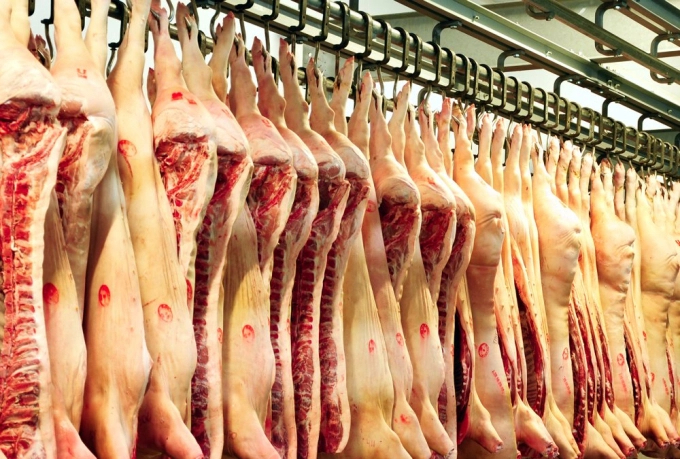
Vietnam is the third-largest import market of Brazil’s pork. Photo: TL.
According to the Vietnam Industry and Trade Information Centre (Ministry of Industry and Trade), statistics of the Brazilian Association of Animal Protein (ABPA) shows that over 11 months of 2021, Brazil’s pork export reached 1.024 million tons, up 11.29% over the same session of 2020; turnover reached USD 2.449 billion, up 17.8%
Accounting only November 2021, Brazil’s pork export reached 79,300 tons, approximately USD 170.6 billion in value, down 9.4% in quantity and 15.9% in turnover compared to November 2020.
However, the monthly average export quantity in 2021 is still up 10,000 tons over 2020.
China is the main export market of Brazil’s pork export, with 503.8 thousand tons (up 7.5% over the same session of 2020). Next up is Chile, with 57,600 tons (up 49%); Vietnam with 40.200 tons (up 2.6%), Uruguay with 38,700 tons (up 5.9%) and Argentina with 32,400 tons (up 89.9%).
Translated by Hoang Duy
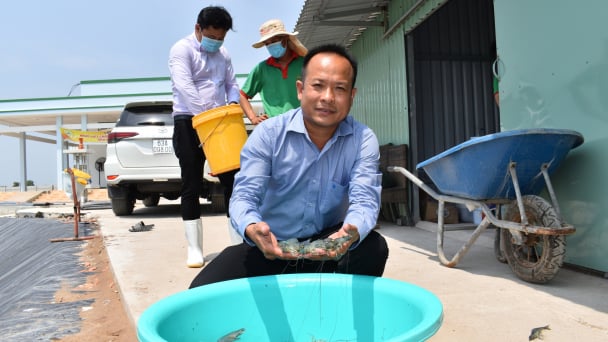
(VAN) One of the key factors for businesses to effectively take advantage of tariff preferences under these FTAs is the rules of origin.
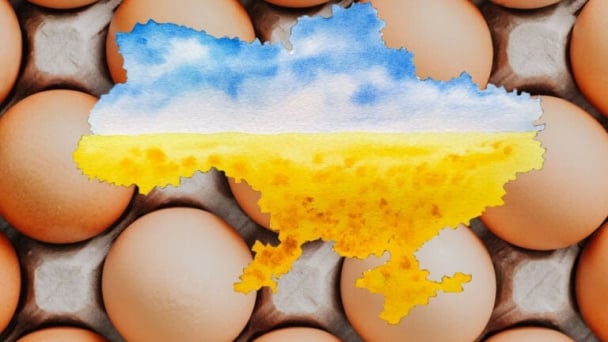
(VAN) Oliyar, a prominent Ukrainian oil and fat manufacturer, has revealed plans to build a farm for 2.3 million laying hens in the Lviv region. The additional production quantities promise to change the competitive landscape of the egg market of the Eastern Europe region.
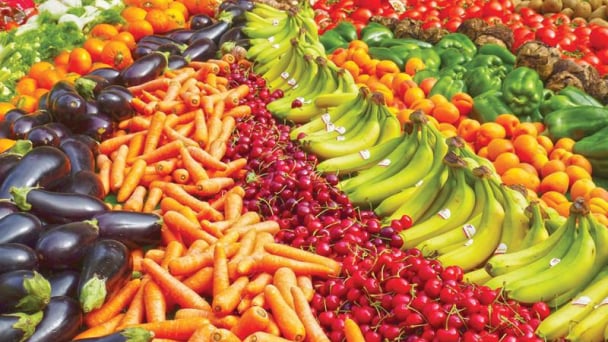
(VAN) On May 15, Ministry of Agriculture and Environment of Vietnam hosted the 'Connecting Vietnam - Germany agricultural, forestry and fishery trade' seminar in Berlin, Germany.
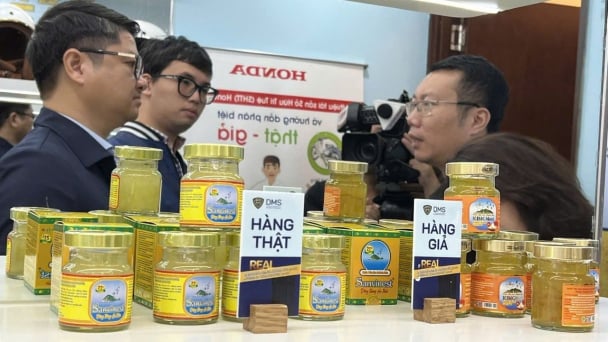
(VAN) In the face of counterfeit and imitation products, Khanh Hoa Salanganes Nest Company hopes for the prompt completion of the legal framework, strict enforcement against violations, and protection of the bird’s nest brand.
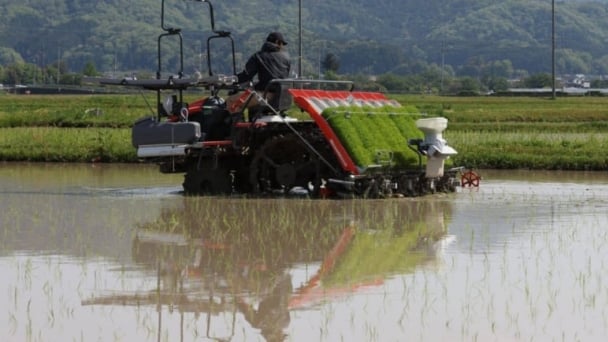
(VAN) Japan's efforts to lower the price of rice through the release of its stockpile may finally be making some progress, albeit at a snail's pace.
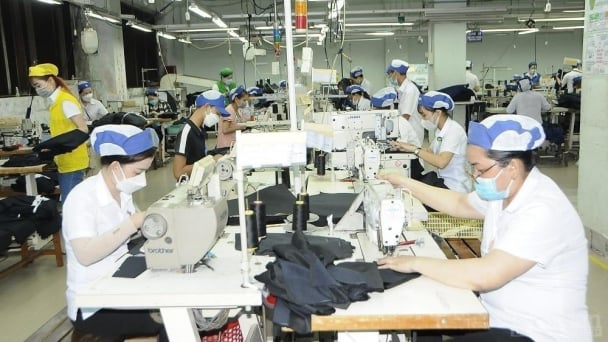
(VAN) U.S. tariffs are not only a 'shock', but also an opportunity for Vietnamese businesses to renew their mindset toward comprehensive development.
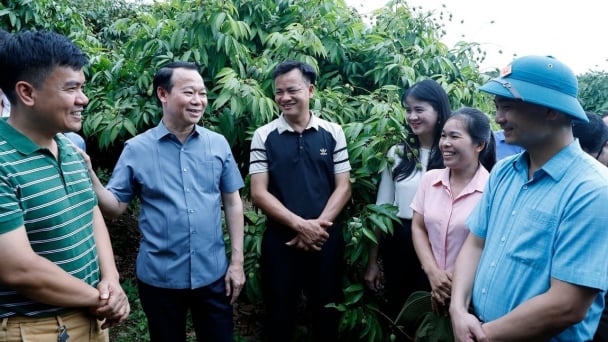
(VAN) As Bac Giang lychee enters the harvest season, Minister Do Duc Duy expects that the fruit will contribute greatly to agricultural exports due to standardized production and deep processing.